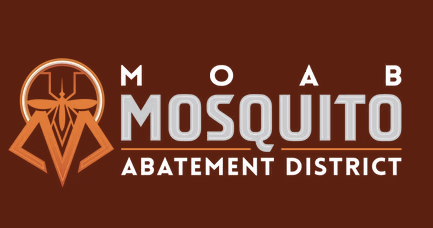Some information may be outdated.
At the Aug. 25 meeting of the Moab City Council, council members and staff examined financial data prepared by Moab City Finance Director Klint York that showed how intense the impact of the COVID-19 shutdowns was on local sales.
Looking at financial data from March, April and May of 2020, York examined 62 cities in Utah that showed at least $50 million of gross taxable sales and purchases during those months.
“I wanted to see what our actual COVID impact was,” explained York. When analyzed, the data was striking.
For total dollars lost when compared to the previous year, Moab came in fifth for how large the impact on the local economy was. Sales during those months were over $41 million under that of the previous year.
“That’s huge,” said York.
When those dollars were viewed as a percentage, the data becomes even more stark.
Sales during those months fell by almost 43% compared to the previous year, the highest shortfall of all the cities studied.
“It is a heavy number,” he said.
York said that the tourist-based economy in the region was likely why the deficit was so high. Many cities York looked at showed no loss in sales at all.
“Most cities are run on property taxes, but we…rely on sales tax,” said York.
Early in the pandemic, Washington D.C. think tank The Brookings Institution warned that cities that depend on revenue from retail sales would be “hit hard and immediately,” by shutdowns, while municipalities that rely on property taxes “will not experience such an immediate collapse in its revenues.” Even those cities will likely feel the impact in the long term if unemployment reduces the demand for real estate.
Linares pointed out that only 13 cities on the list lost money and the majority of those only took a small hit.
“In Moab, where we have a tourist-based economy…or Park City or Murray where people are commuting into those cities to go to work or go on vacation: once people were locked down, we weren’t getting any money,” said City Manager Joel Linares.
“We were at 43% [decrease], number one in the state, and got the least amount of CARES funding,” said Linares, with outrage in his voice.
As York explained, the data also showed that Moab came in dead last in the amount of support and financial resources allocated to the area by the federal CARES Act, as the legislation allocates funding by population. Moab received $470,000 in funding, less than that allocated to cities in nearby Carbon and Washington counties.
“Number one hardest hit; last in funding,” commented Linares.
York pointed out that some cities like St. George in Washington County suffered no losses to their total sales compared to last year, but received over 8 million dollars in CARES Act funding.
“It’s very interesting,” said York.
Mayor Emily Niehaus mentioned that the League of Cities and Towns had supported the allocation of funds based on population, which Linares acknowledged. The Utah League of Cities and Towns represents cities and towns in Utah at the federal and state legislative level.
“We already have meetings set up to talk about this,” said Linares. “It’s just crazy to me that 13 cities lost money, but everyone got money from CARES so long as their population was high. Even if they made money, they still got a cut of CARES funding.”
The council discussed reaching out to state organizations and representatives to advocate for a change in funding and resources dedicated to highly impacted areas.
“We need to highlight the fact that it is a terrible position to be number one in terms of the percent difference from last year to this year and be ranked number 5 in lost dollars, but then to be last in terms of resources,” said Niehaus.
“As infuriating as all this is, I want to thank our staff because this drives home how hard we’ve been hit,” said Linares. He stressed the fact that the city had quickly responded to the economic fallout from COVID-19.
A report issued by the National League of Cities in August showed that nearly 90% of cities across the nation will be less able to meet the fiscal needs of their communities next year.
“We have not seen a lack of fiscal capacity reported like this since the low point of the Great Recession,” the report states.
The City of Moab is no different.
“We’ve done nothing but cuts for the last six months and have basically cut 25% of our overhead and costs,” said Linares.
“We are number one,” said Niehaus ironically, before expressing hope that one day the struggles of 2020 will end.
Moab City Council meetings are held on the second and fourth Tuesday of every month at 7 p.m. For agendas and current meeting policies, go to www.moabcity.org/151/City-Council
Appreciate the coverage? Help keep local news alive.
Chip in to support the Moab Sun News.



